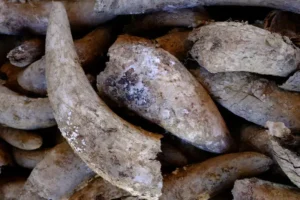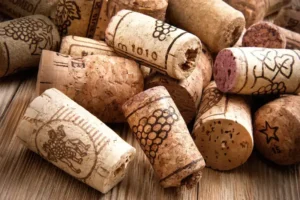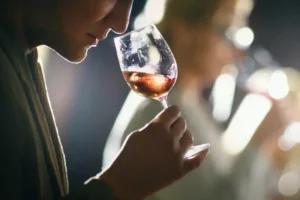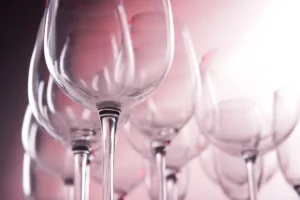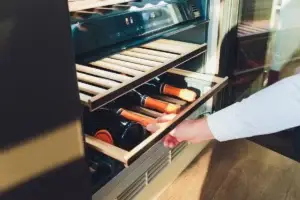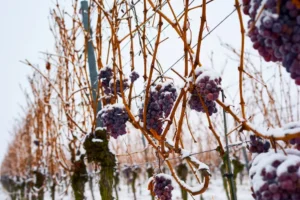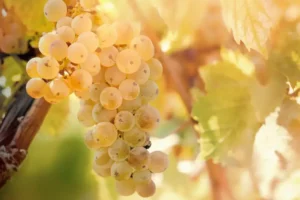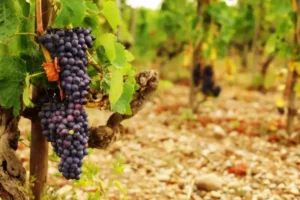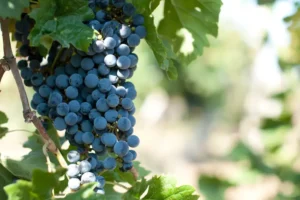The process of creating wine is complex and a balancing act between nature and human intervention, transforming grapes into a liquid elixir that captivates the senses.
As every wine is unique, there is no magic recipe to make wine but there are essential processes and techniques. So in this guide, we will uncover the steps involved in crafting traditional red and white wines, from the careful work in the vineyard to the techniques used in the winery.
Vineyard Management
First, let’s start with the basics of how wine is made. Grapes are the only ingredient needed to make wine, and it all starts with selecting the right grape varieties suited to the climate and soil of the vineyard – also known as terroir.
During the year, the winemakers look after their vines to prepare them to produce the best grapes possible when harvest time comes. Pruning, canopy management, disease and pest control are essential steps to maintaining healthy grapevines.
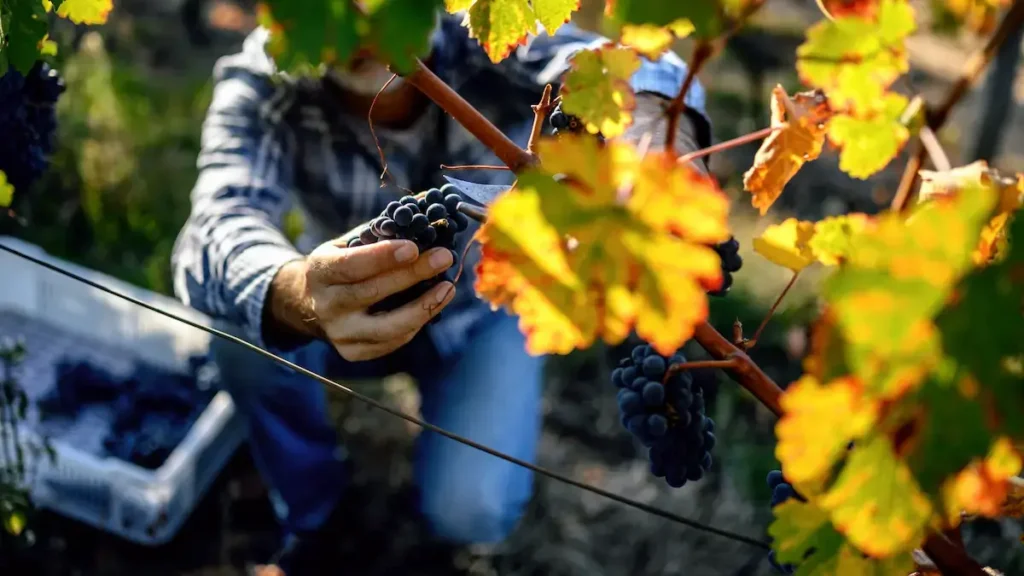
Harvesting
When harvest time comes, timing is crucial and determined by the style of the future wine.
Grapes can either be harvested slightly early or under-ripe to produce higher acidity – this is usually true for some white and sparkling wines.
For some dessert wines such as late-harvest ones, grapes are picked slightly or fully overripe to get higher sweetness concentration.
We can then find two different harvesting technique options:
- Hand Harvest: Manual picking is commonly used to ensure only the finest grapes are chosen, minimising damage to the fruit. It is also the only option for steep vineyards with machines not being an option.
- Mechanical Harvest: In larger vineyards and big-scale productions, machines are used to pick grapes efficiently, although they require careful adjustment to avoid damaging the fruit.
Once the grapes arrive at the winery – right after picking to avoid rot, they are immediately sorted and submitted to a quality check.
Destemming
Red grape varieties often undergo an extra step – destemming, to separate the grapes from the stems.
This is mainly true for thicker-skinned grapes such as Cabernet Sauvignon or Merlot to reduce bitter phenolics and harsh tannins imparted from the stems.
Thin-skinned varieties with softer tannins such as Pinot Noir or Gamay are often fermented with their stems to add phenolics and tannins.
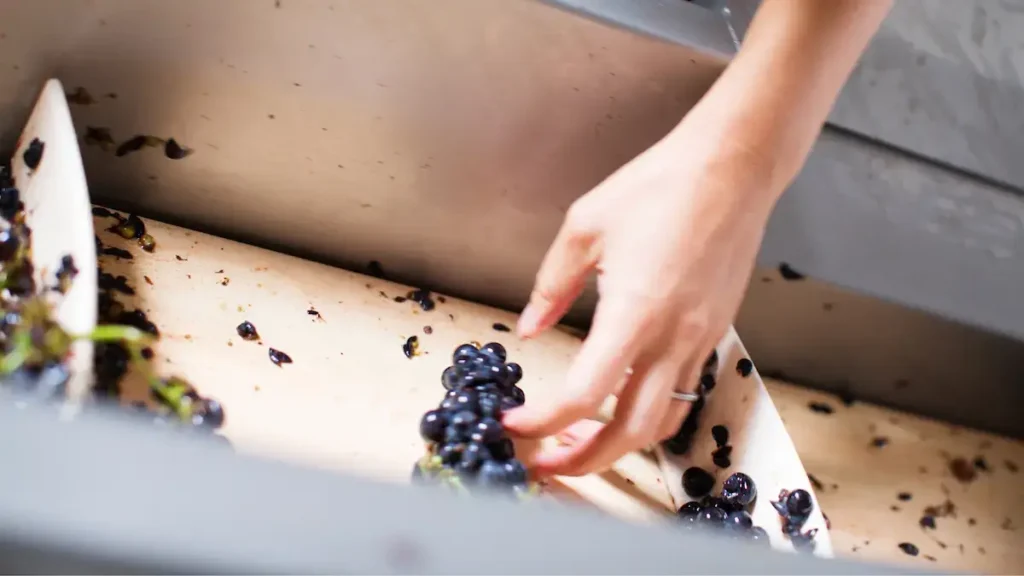
Crushing
The grapes are gently crushed to break the skins and release the juice within, usually going through a pneumatic press. We then transfer the juice and grape must to fermentation vessels.
Fermentation
Skin or no skin?
Red wines are always left to ferment with skins and seeds, bringing colour, texture, aromas and tannins.
On the contrary, white wines are usually not fermented with skins and seeds so the juice extracted is immediately separated from the leftovers and fermented on its own.
But it can happen that some white wines are left in contact with the skins for a short period, adding richness and flavours to the wine – and resulting in what we call orange or skin-contact wines!
Fermentation vessels
Stainless steel vats, oak barrels, and concrete tanks are common vessels for fermentation, each influencing the wine’s character.
Yeast
This is the most important part of the process as fermentation is the process where yeast consumes the sugar in the grape juice and converts it into alcohol and carbon dioxide.
This means that yeast needs to be used to start fermentation and this can either be naturally present or added by the grower.
A lot of winemakers prefer to control the fermentation and use commercial yeasts. Others develop their own yeast strains or just let the fermentation occur naturally, allowing ‘wild’ or ‘indigenous’ yeasts to ferment – resulting in what is called spontaneous fermentation.
The length of fermentation and the type of yeast used can greatly affect the final flavour and characteristics of the wine.
Punching Down and Pumping Over
While fermenting, the grape skins form a cap on the surface because of the release of carbon dioxide.
This cap is used to extract more colour, tannins and flavours through two different techniques: punch down or pump over. They are usually done about three times a day on average but the use of one or the other depends on the wine grape and desired style of wine.
- Punching down involves pushing the cap into the fermenting juice. As a general rule, we use punch down for lighter wines.
- Pumping over involves pumping the fermenting juice from the bottom of the vessel over the cap. Fuller-bodied wines are made using this technique.
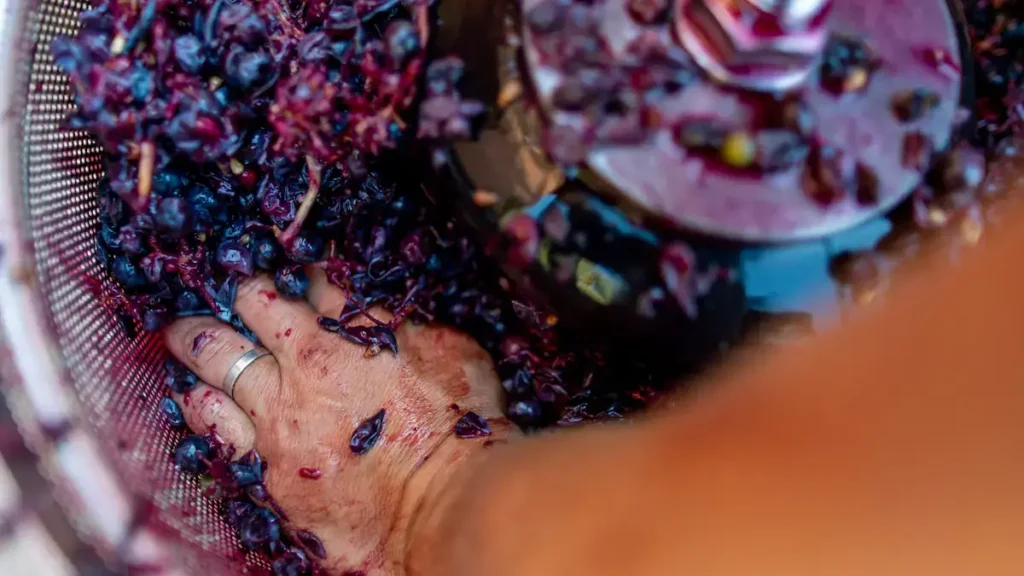
Free run and press wines
When the fermentation is finished, the wine needs to be removed from the vessel.
For reds, there will then be two types of wine extracted: the free-run wine and the press wine.
The free-run wine is the juice that runs free from the tank and is considered to be the highest quality.
The press wine is obtained by pressing the grape solids, aka the must, and is typically more rustic with high tannins.
Most of the time, press wine and free-run wine are then blended back together.
Ageing
Finally, the wine is transferred into maturation vessels for ageing – or élevage in French.
Depending on the desired style, wines can be aged in various types of vessels. Stainless steel tanks preserve fresh fruit flavours, while oak barrels impart additional complexity through contact with the wood. Some other common options found are concrete tanks or amphoras.
While maturing, white wines can also be stirred (lees stirring) to bring more richness and flavours.
The length of ageing will depend on the grape varieties and style of wine and can be as little as a few weeks up to several years.
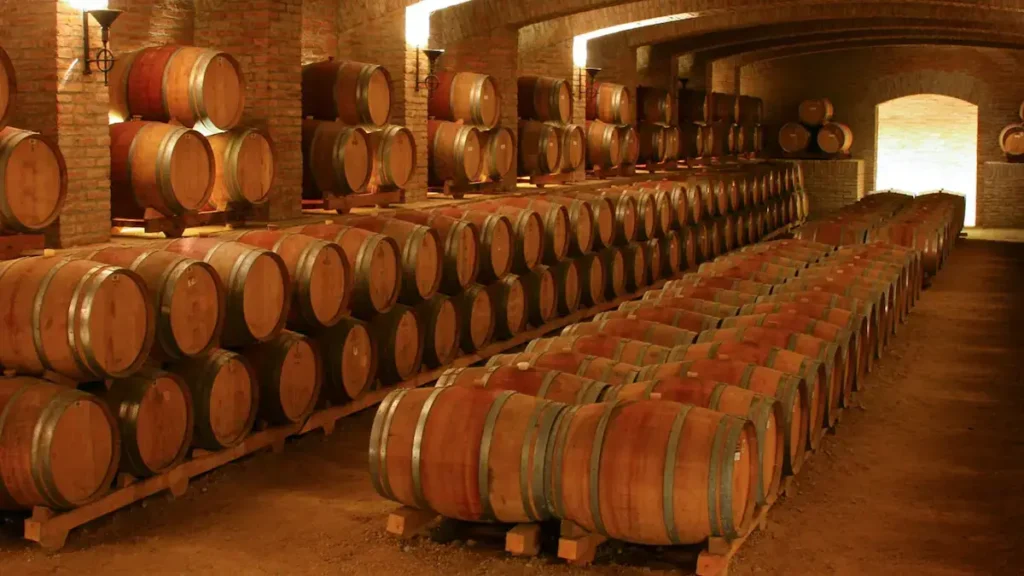
Malolactic Fermentation (MLF)
Malolactic Fermentation is the process of malic acid – tart, sharp and sour, being converted by microbes into lactic acid – soft, round and creamy.
This fermentation happens for almost all red wines when settling in their second vessel but only for a few white wines like Chardonnay, giving it rich, buttery and creamy flavours.
Blending
Some wines are made from a single grape variety, while others are blends of multiple varieties, plots or vineyards. Winemakers carefully blend to achieve the desired balance of flavours, aromas, and textures to make their perfect wine.
Bottling
Before bottling, the wine is often clarified through fining and filtration to remove any remaining solids. These solids usually include lees (dead yeast cells), tartrates, bacteria, proteins, pectins and various tannins.
Once bottled, some wines are then meant to be drunk young or benefit from further ageing in the bottle – it will mainly depend on the style of wine but also and quite commonly with wine, on personal taste.
So as you raise your glass next time, savour not only the liquid but also all the hard work involved in making it. Cheers!

